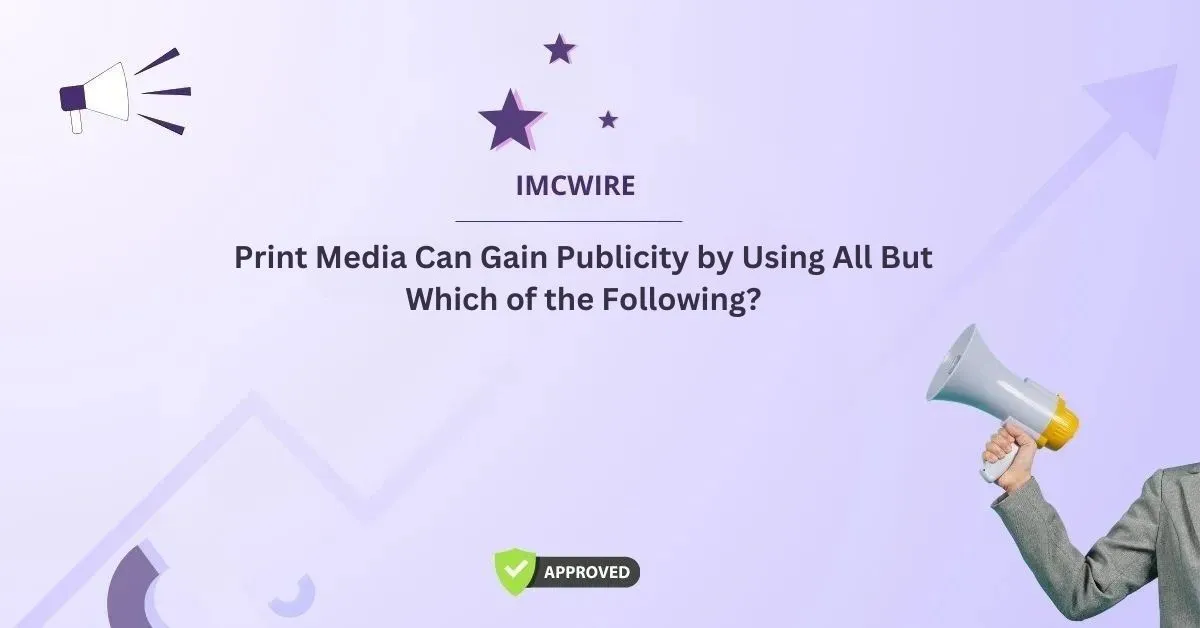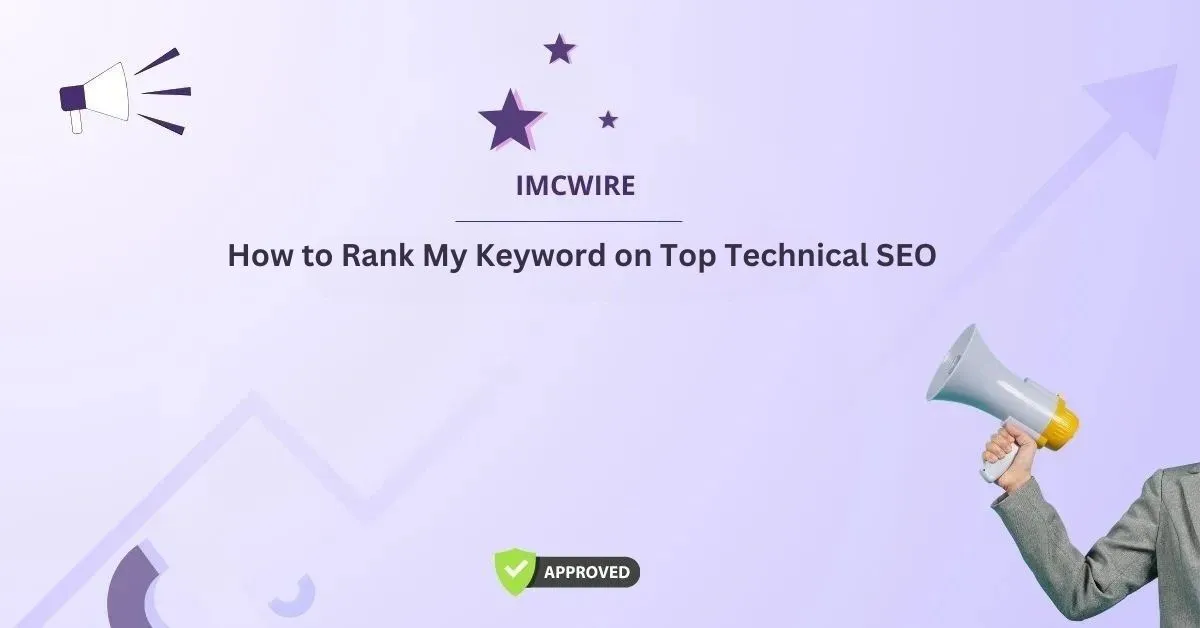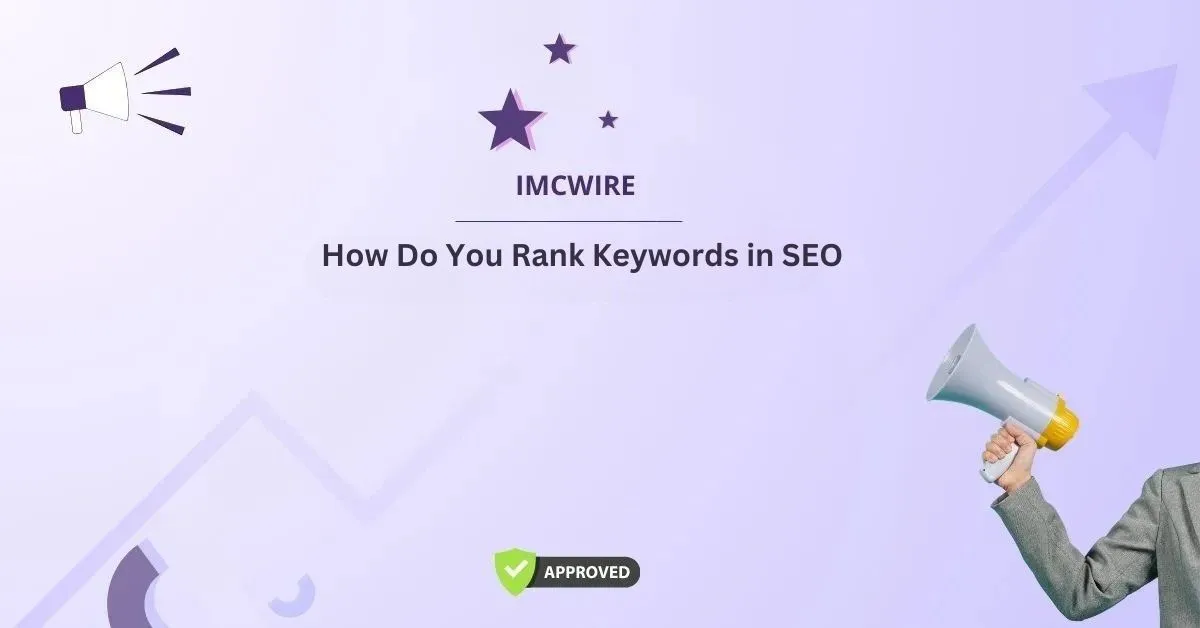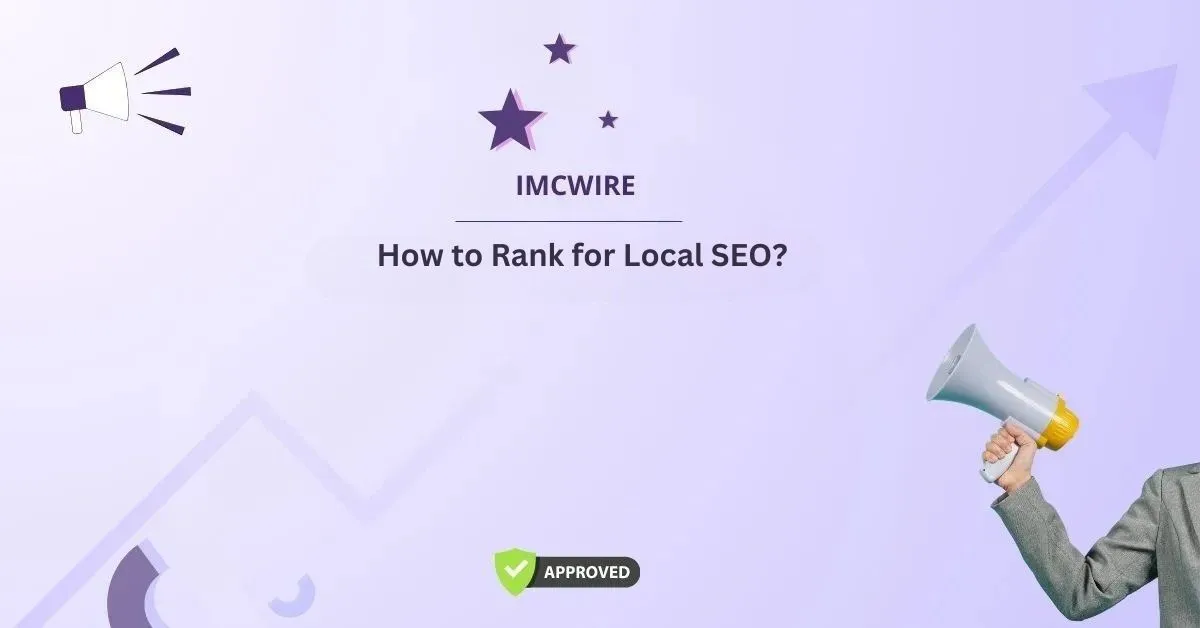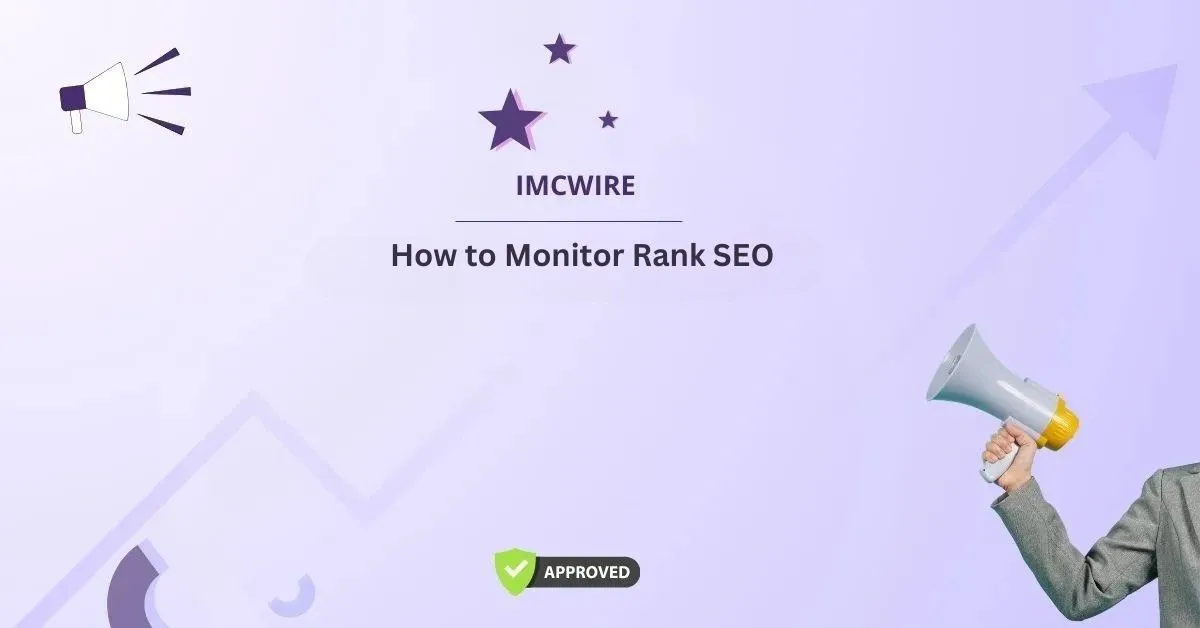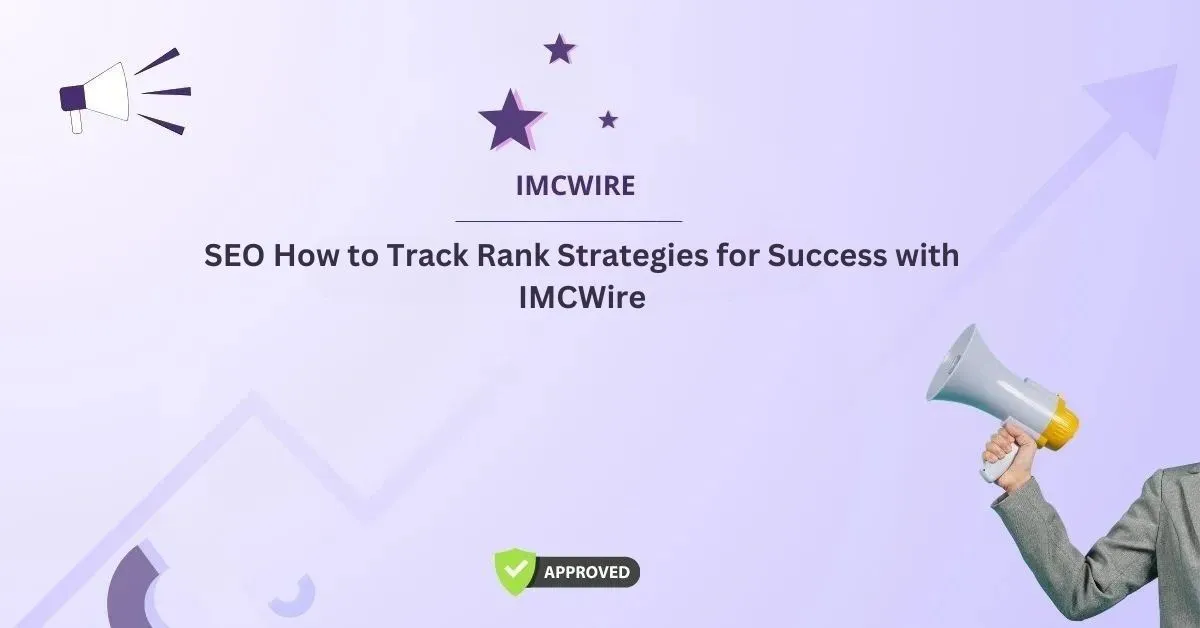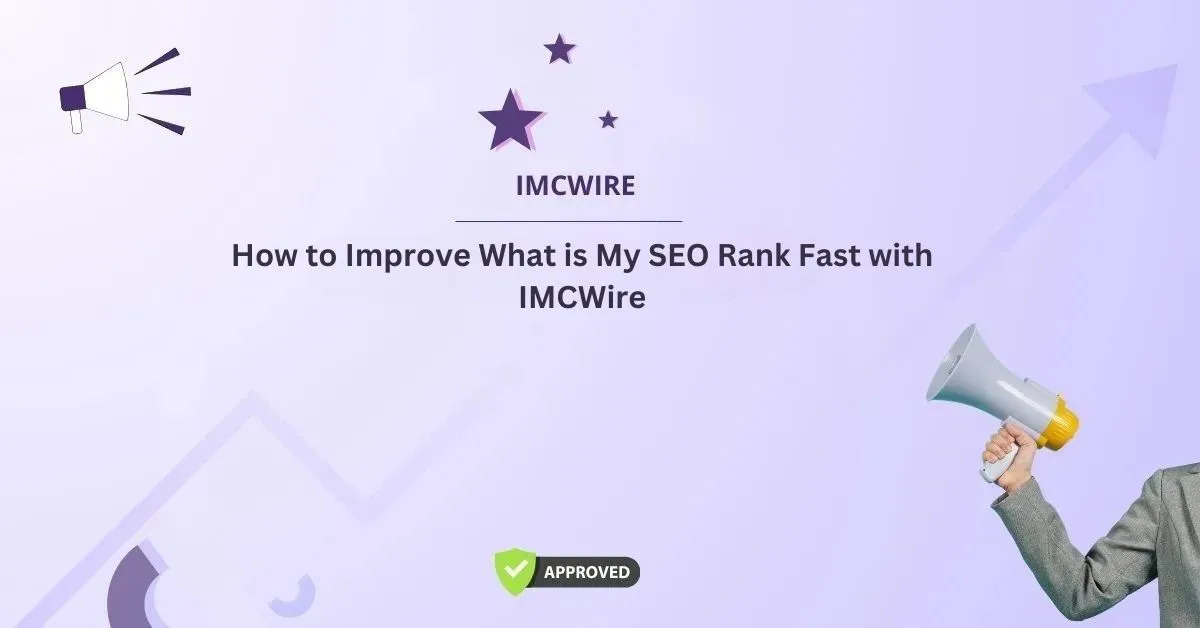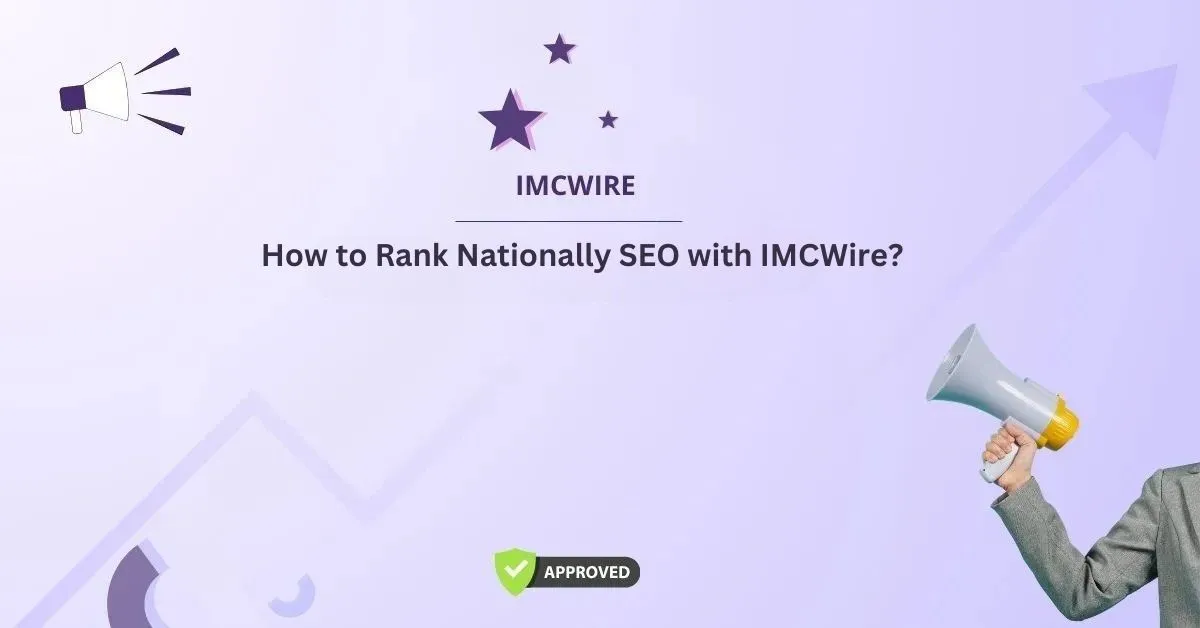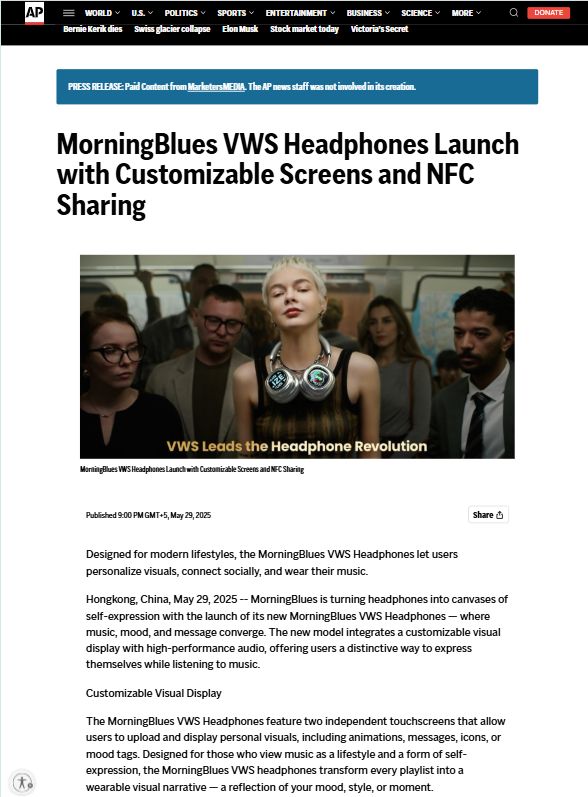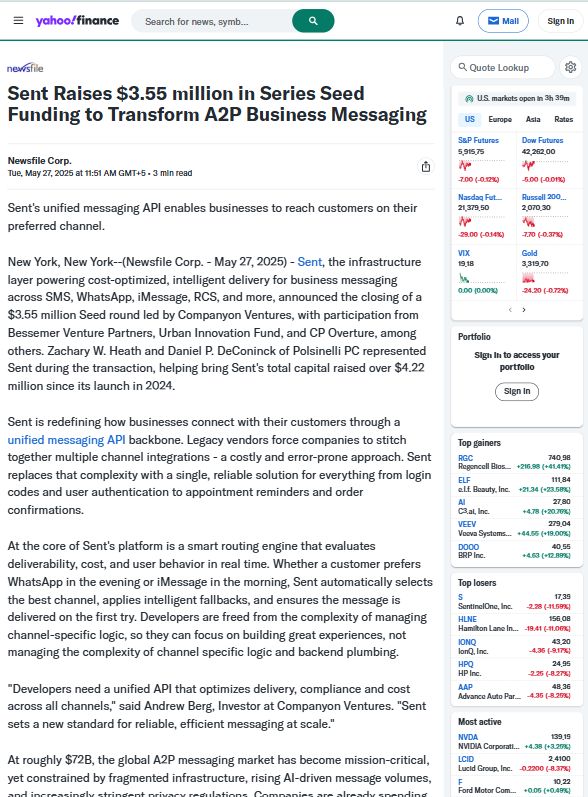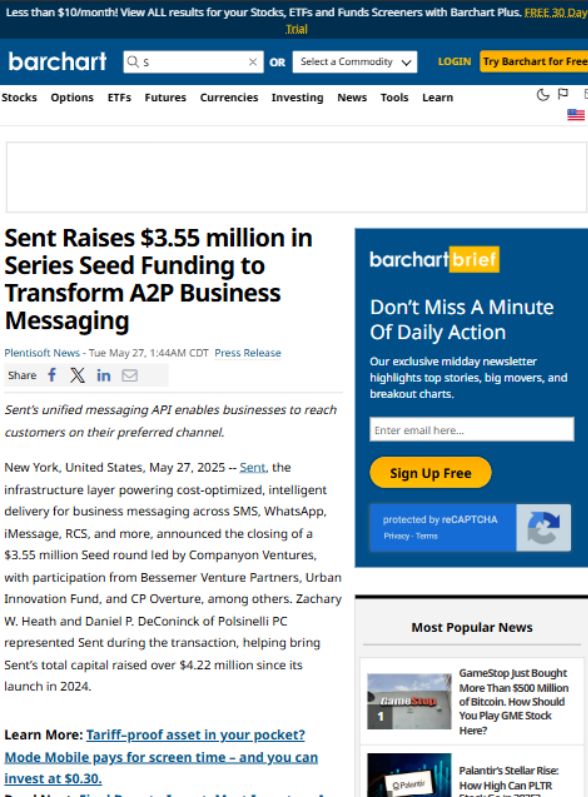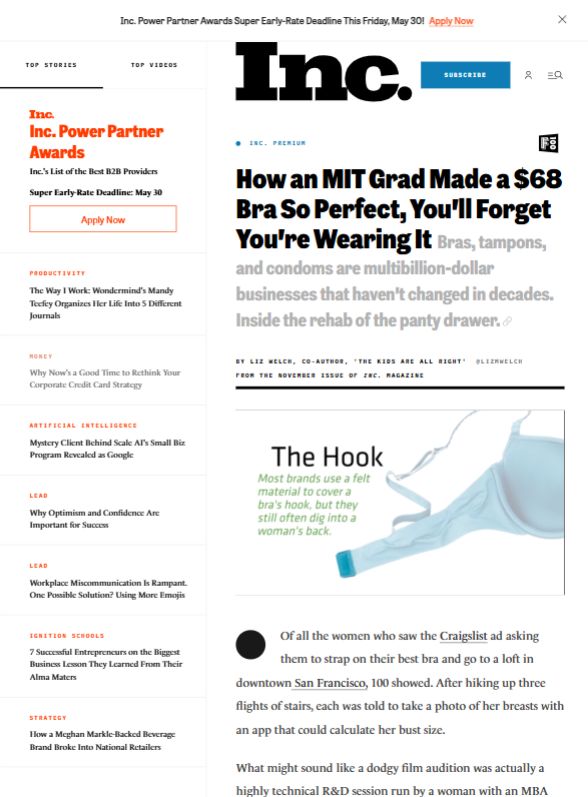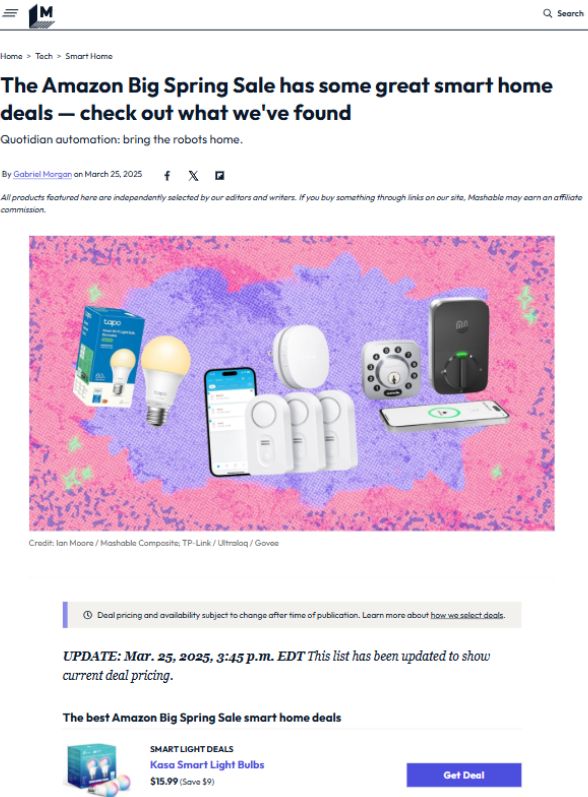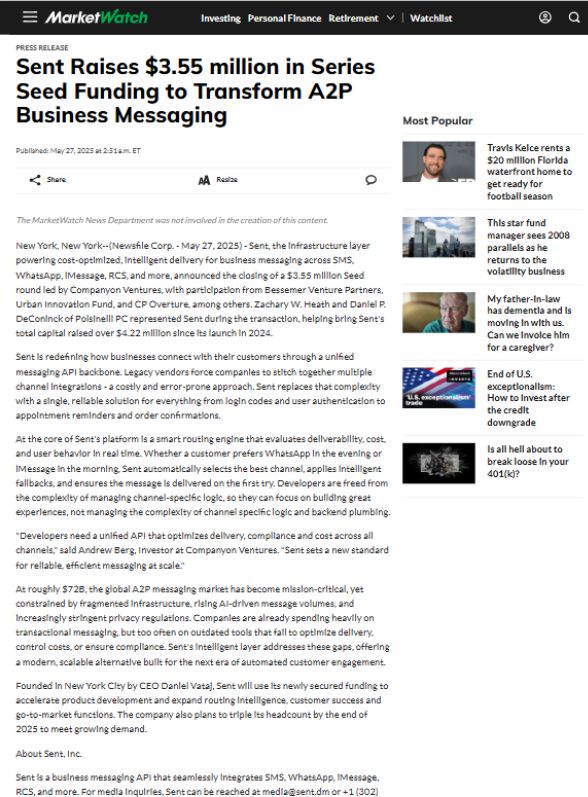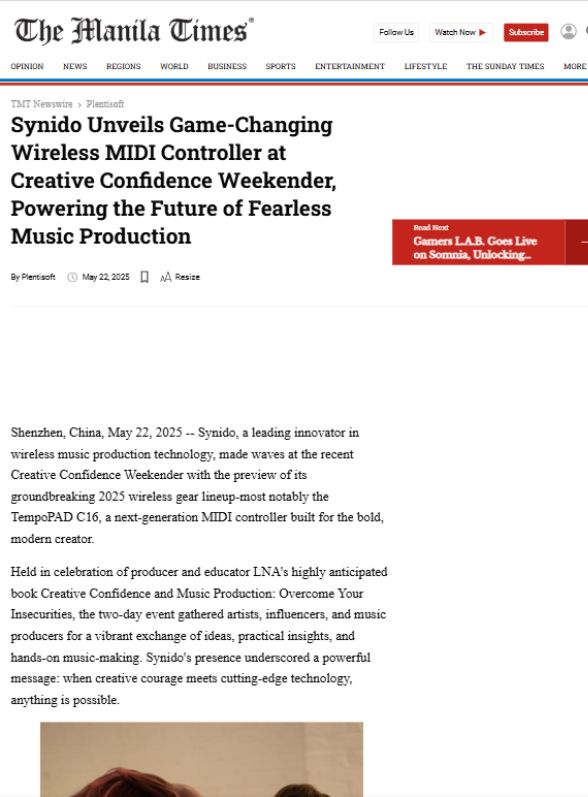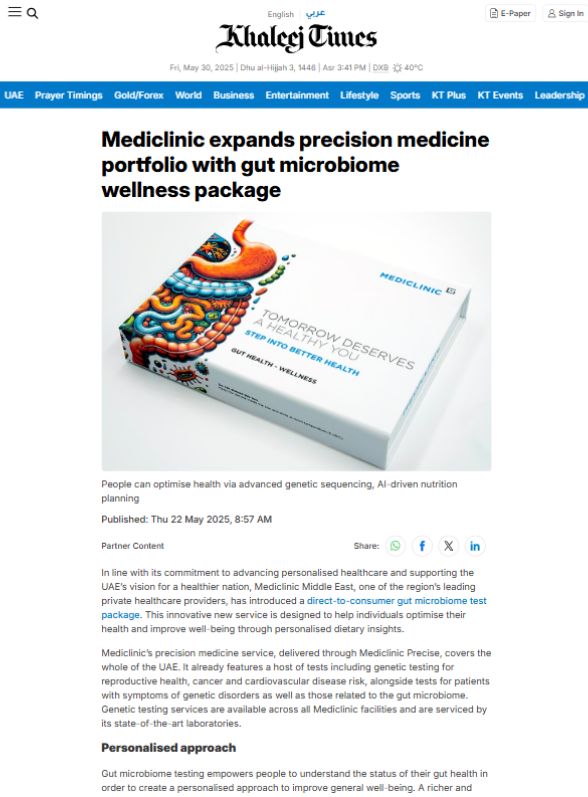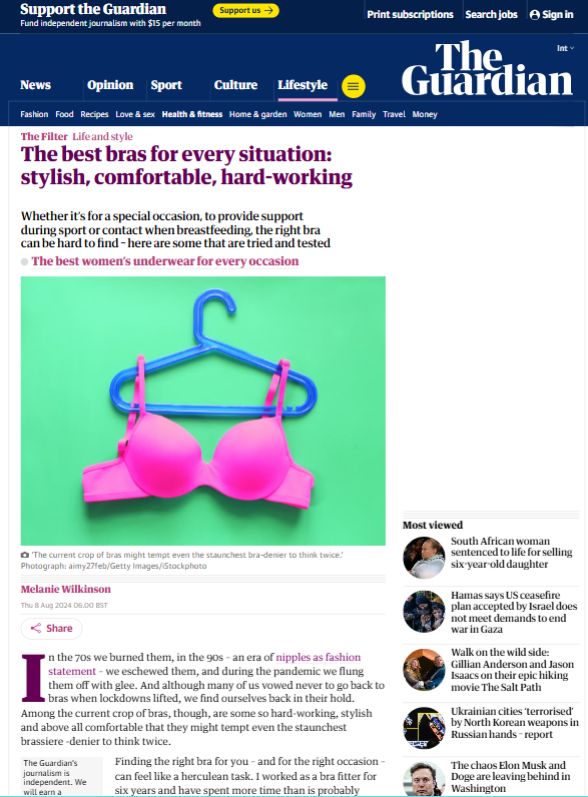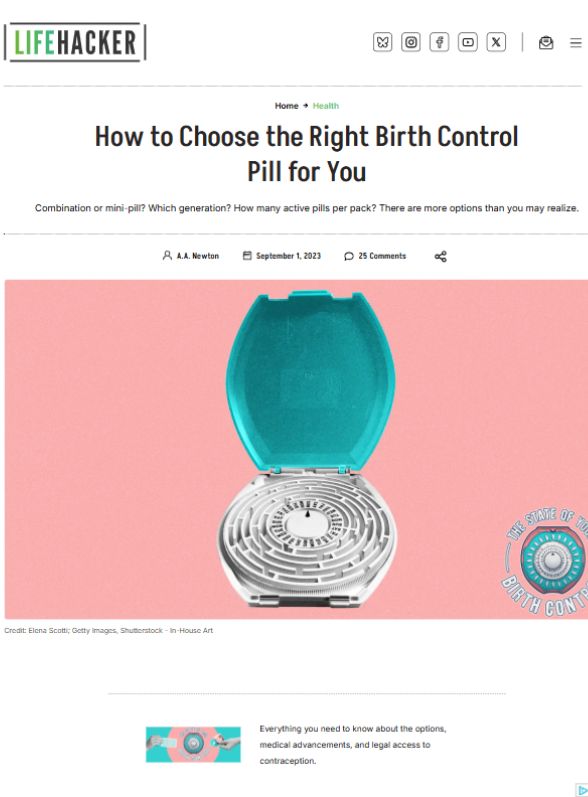In the rapidly evolving landscape of communication, print media remains a cornerstone of traditional advertising and marketing strategies. Despite the rise of digital platforms, the print industry continues to offer unique advantages for brands seeking publicity and audience engagement. However, as the world becomes more interconnected and technology-driven, the methods by which print media can effectively capture attention and maintain relevance are shifting. This article explores how print media can gain publicity and highlights strategies that are effective, with a focus on what may no longer serve as useful tools in today’s media environment.
Table of Contents
The Traditional Power of Print Media
Print media, including newspapers, magazines, brochures, and billboards, has long been a trusted source of information for millions of people. For years, businesses have relied on this format to build brand awareness, promote products, and communicate important messages to their audiences. The effectiveness of print media stems from its tangible nature—people can physically hold a magazine or brochure, which can be kept for reference, making it a lasting form of media.
In addition, print media provides a high level of credibility and trustworthiness. Many consumers still view print media as more authoritative compared to online platforms, where misinformation can spread rapidly. For brands looking to capitalize on these benefits, leveraging print media for publicity can still be a powerful tool. However, the changing dynamics of the media landscape have introduced new challenges and opportunities.
Leveraging Print Media for Publicity
To remain competitive, print media must innovate and adapt to modern times. While traditional methods like paid advertisements, flyers, and posters are still valuable, they need to be part of a broader strategy that includes both print and digital elements. Below are several effective ways print media can gain publicity:
- Targeted Advertising
Print media allows businesses to target specific demographics based on publication type. For instance, a high-end fashion brand might find a more receptive audience in upscale magazines or lifestyle publications. Likewise, local businesses may find community-based publications or newspapers to be the ideal place for reaching their customer base. By selecting the right publication, print media ensures that the message is delivered to the most relevant audience, which can lead to increased publicity. - Sponsorship and Partnerships
Another effective strategy is through sponsorships and partnerships. Many print publications partner with events, influencers, or charitable causes to increase their visibility. Print advertisements tied to these initiatives can help businesses gain more exposure. Additionally, co-branding with established publications allows a brand to piggyback on the reputation and audience of the publication, gaining credibility and recognition. - Content Marketing
Incorporating editorial content or sponsored articles into print publications is another way to attract attention. Content marketing allows a brand to showcase its expertise and thought leadership on a particular topic while subtly promoting its products or services. Unlike traditional ads, these pieces offer more valuable information, which increases the likelihood of engagement and subsequent publicity. - Cross-Platform Integration
As digital media takes over, integrating print media with digital efforts has become essential. Print ads with scannable QR codes or special web URLs can bridge the gap between print and digital platforms. This cross-platform integration ensures that the audience can easily access additional content online, whether it’s through exclusive offers, websites, or social media pages. This method not only increases engagement but also amplifies the impact of the print campaign. - Creative Design and Storytelling
Creativity plays a significant role in print media’s ability to gain publicity. Brands that embrace innovative design, striking visuals, and compelling storytelling in their print campaigns can effectively capture attention. A well-crafted story, paired with high-quality design, can leave a lasting impression on readers and make the print campaign more memorable.
The Question: What Is No Longer Effective?
While print media remains a potent tool, some strategies may no longer be as effective as they once were. As the world becomes more digital, certain tactics can result in wasted resources and diminished returns. One particular approach that is becoming increasingly obsolete is over-saturation with generic ads.
Over-Saturation with Generic Ads: The Pitfall of the Past
In the past, businesses often relied heavily on print advertisements, placing generic ads in multiple publications to maximize exposure. These ads, which often lacked a unique angle or message, contributed to a feeling of over-saturation. Readers would frequently encounter the same types of ads across multiple platforms, leading to ad fatigue and decreased engagement.
Over-saturation also leads to the dilution of a brand’s message. When a brand’s advertisements appear too frequently, they can begin to blend into the background, losing their ability to capture attention and make an impact. The public is more likely to ignore ads that do not provide valuable or differentiated content.
Moreover, print ads without a specific call-to-action or measurable goal tend to underperform. In the modern age, it’s no longer enough to simply advertise a product; it’s necessary to offer something more. Print ads need to create value, whether through exclusive offers, valuable content, or clear next steps for the consumer to follow.
Why Print Media Needs a Strategic Shift
For print media to continue gaining publicity, it must embrace a strategic shift. Brands cannot solely rely on placing advertisements without considering the context, audience, or relevance. Instead, they must think critically about how to use print in ways that complement digital marketing efforts, create meaningful experiences for readers, and provide actionable insights.
Print media must also focus on building a deeper connection with its audience. The ads of the future must do more than just sell products—they should engage readers on a personal level, providing them with useful, inspiring, or entertaining content that they can interact with.
Conclusion
Print media can indeed gain publicity, but the methods of achieving this success are evolving. While traditional approaches like ads and flyers are still useful, print media must move beyond generic, one-size-fits-all advertising strategies. By focusing on targeted campaigns, content marketing, strategic partnerships, and cross-platform integration, brands can still reap the benefits of print media. However, the over-saturation of generic ads is a practice that needs to be abandoned in favor of more personalized, creative, and purposeful campaigns.
As we move further into a digital-first world, print media must find innovative ways to integrate the tactile power of print with the expansive reach of digital. This approach not only ensures that print remains relevant but also guarantees that businesses continue to capture the attention of their desired audience. The key is in finding the balance and choosing the right strategies that speak to today’s consumer.

